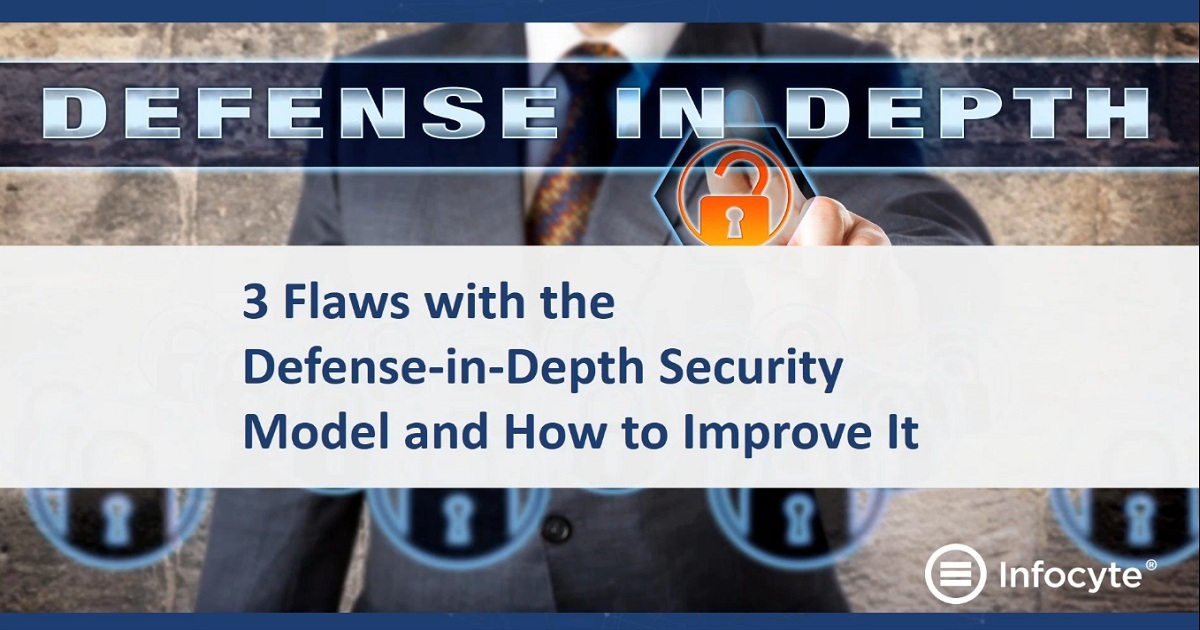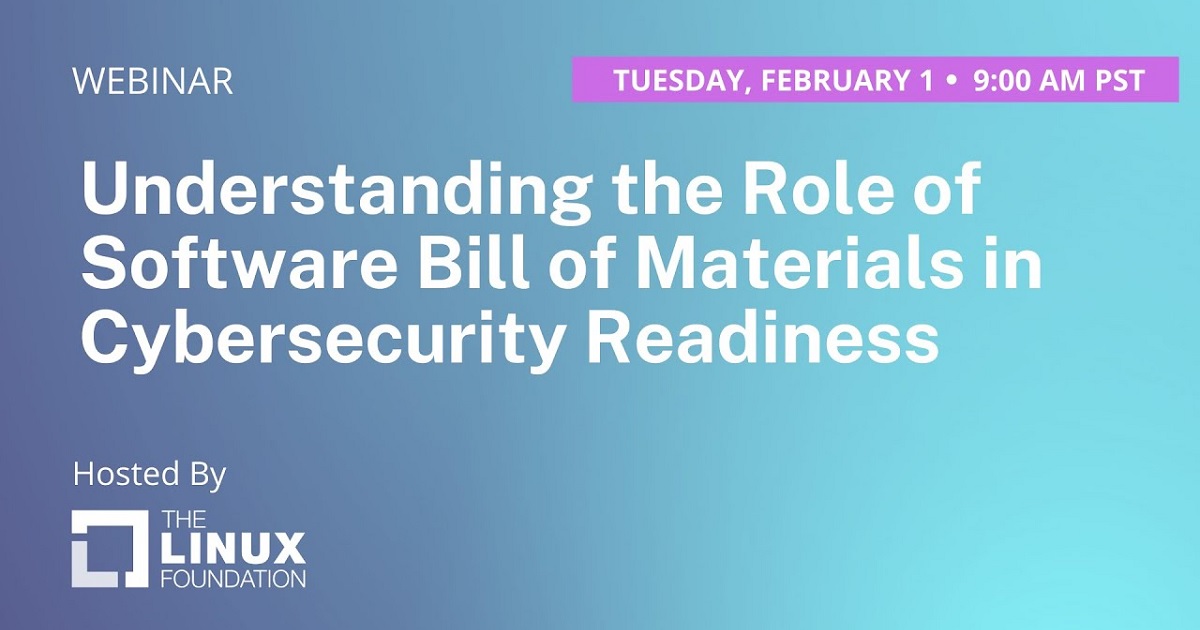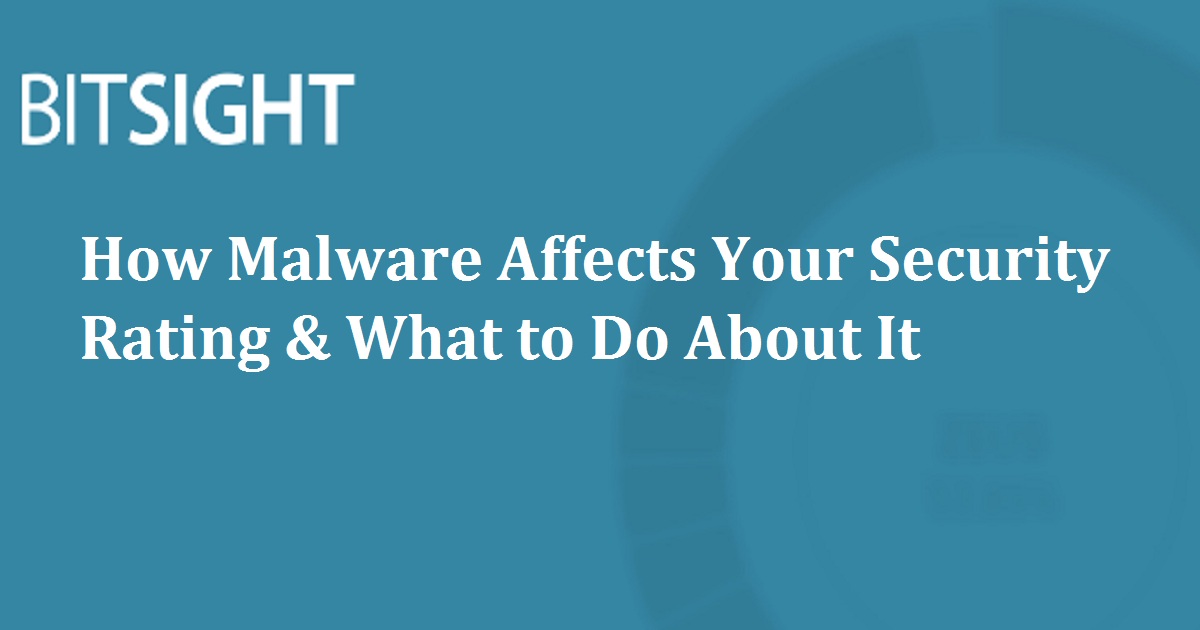
Infocyte
Reports of network intrusions have spiked in recent years resulting in millions in financial loses, theft of intellectual property, and exposure of customer information. The groups responsible for these attacks are organized and can persist in your organization’s systems and endpoints without detection for 6 months on average – sometimes years. The approach many organizations take to prevent these attacks is to simply layer on increasing numbers of defensive solutions – clearly a better approach is needed.
Watch Now

Cybersecurity issues are top of mind across the open source community, and beyond. In response to the ongoing threat of cyber attacks, Linux Foundation Research, in partnership with SPDX, OpenChain, and OpenSSF, has conducted the first in a series of research projects to understand the challenges and opportunities for securing software supply chains. This soon-to-be-published report, The State of Software Bill of Materials (SBOM) and Cybersecurity Readiness, will be released to coincide with this webinar.
Watch Now

Businesses are under attack, hackers are getting smarter, and the cost of a ransomware attack is going up. The average cost of an attack for small to medium size businesses? $200,000. For enterprise organizations, attacks cost, on average, $14.8 million annually. And even, scarier, 60% of small to medium-sized businesses that are hacked go out of business within six months.
Watch Now

BitSight
Learn how botnet infections can impact your security posture. Security incidents such as malware infections can cause damage and disruption that propagates far beyond the organization, affecting its reputation, brand value and customer loyalty. Security ratings are impacted by these, giving an independent view into potential areas where security resources could be focused. In this webinar, BitSight's Tiago Pereira explains how and why botnet infections are a key metric of the effectiveness of your security posture, their impact on external security ratings and how to effectively deal with infections affecting your organization's rating.
Watch Now